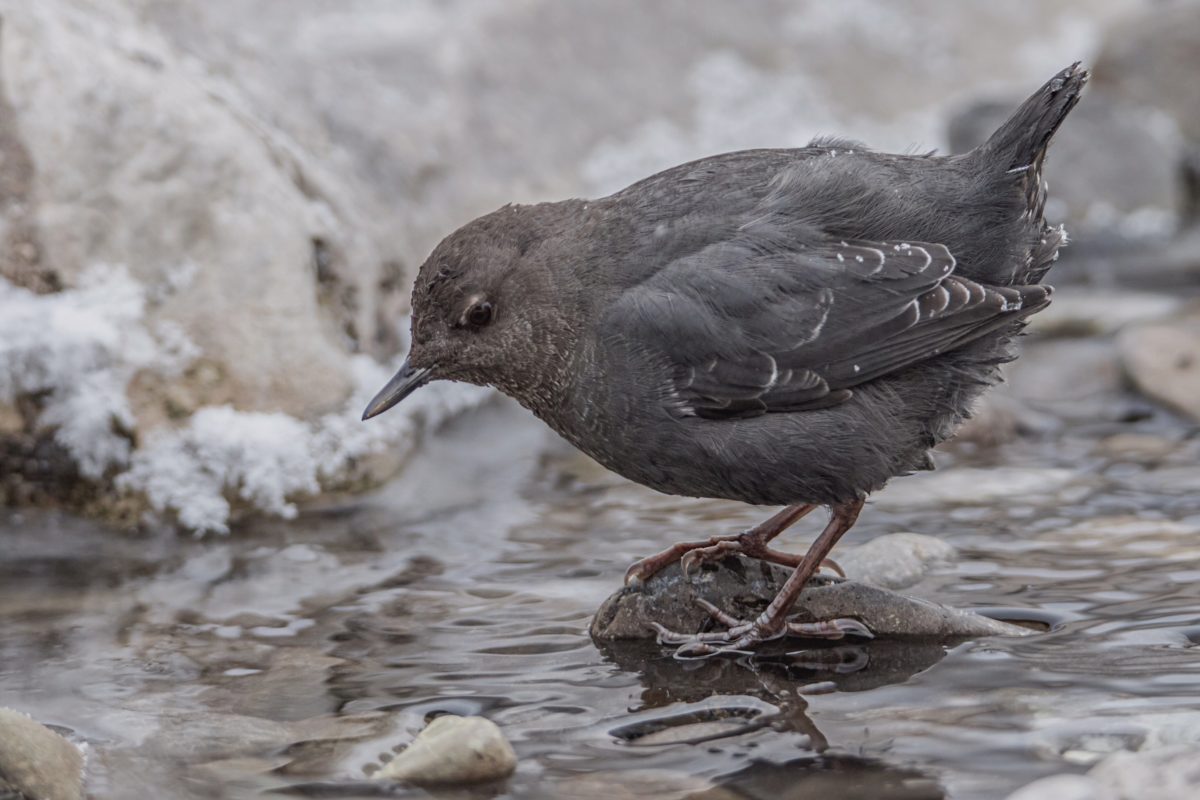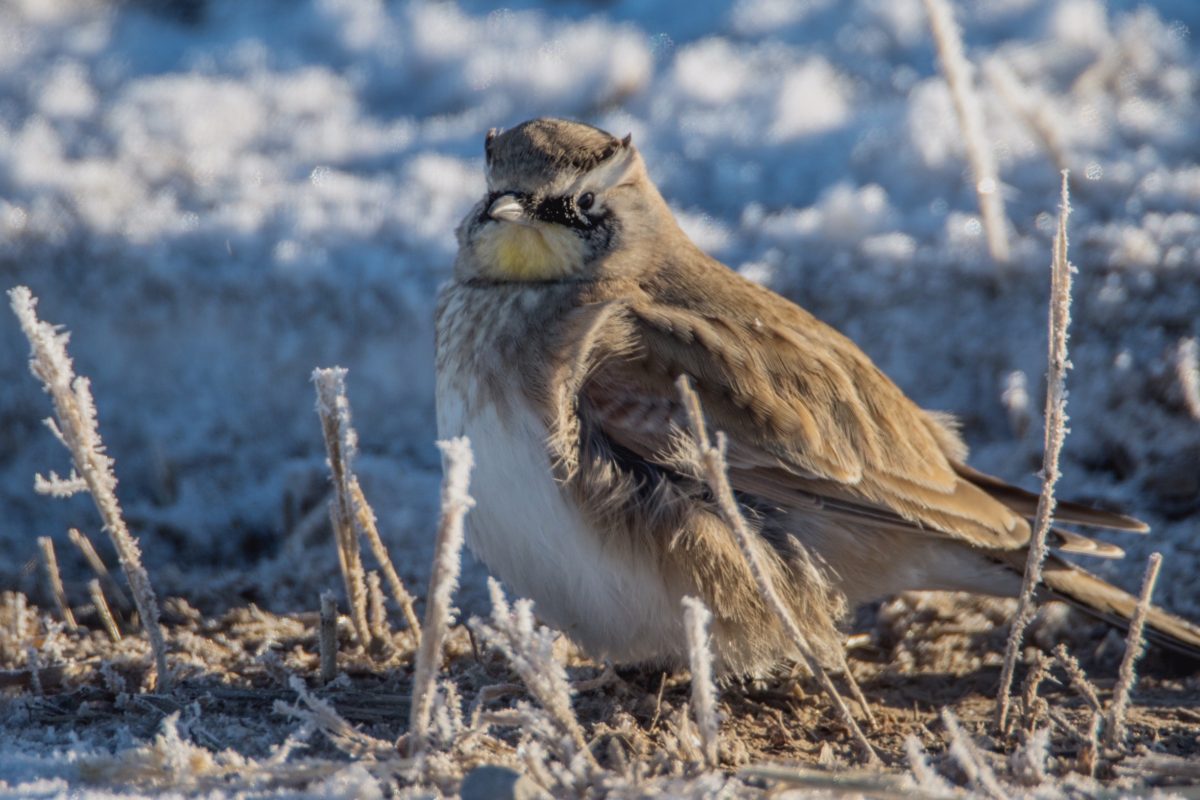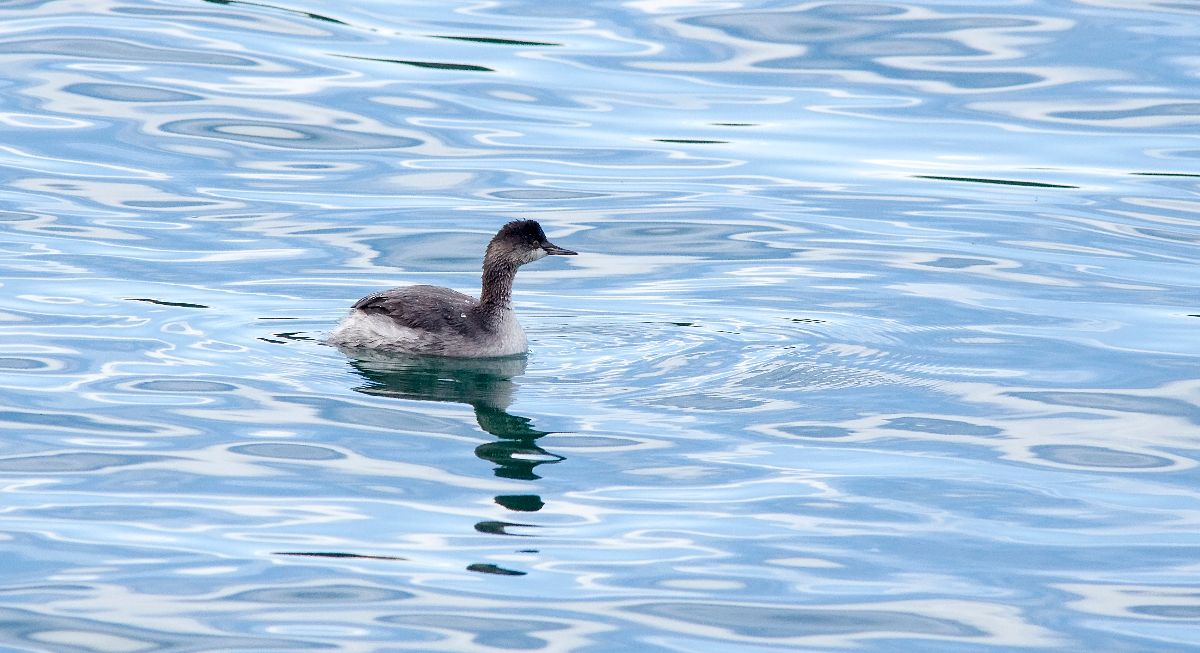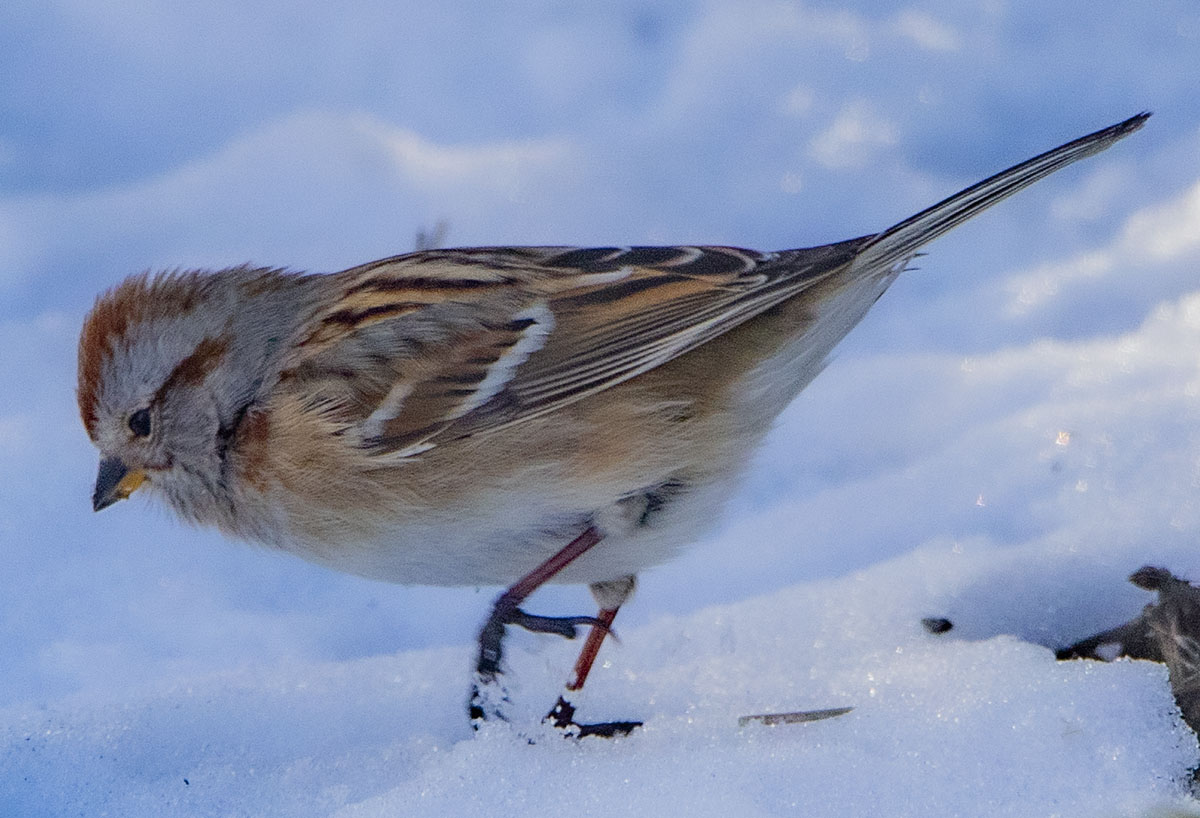Happy New Year! Today marks the start of BirdYYC2020, a year-long birding challenge. Participants will try to find as many species as they can within the Calgary city limits in 2020.

If you haven’t yet registered or set up your city eBird patch, you can still join. Email Howard Heffler at hheffler[@]shaw.ca with your name, eBird name, and email address and you will be added to the list. You can set up your eBird patch later too, but you’ll have to start putting your sightings into eBird right away for those to count towards your totals.
The important thing to do now if you want to get a good start on your Big Year list is to find all the winter birds that can’t be found here in the summer. The winter finches are in short supply this year but could be entirely absent next November and December, so get Pine Grosbeak and any others you can find now. Go to Carburn Park and Fish Creek Park where dippers have been seen.
All-day field trip to kick off BirdYYC2020
On Friday January 3, Gavin McKinnon will lead a field trip to various locations in the city so you can get a good start on your year. To register, text Gavin at 403-519-8703. Registration is required. See the Nature Calgary field trip page for more information.
You can increase your chances of finding good birds by following reports on Albertabird and on eBird so you can see what’s been reported and where. It’s a good idea to set your Calgary County Year Needs Alert on eBird so you get an hourly or daily email that lists everything that’s been reported on eBird that you haven’t yet seen in 2020 (keeping in mind that some reports will be from outside the city limits, so check the locations carefully).
There is a new page tab at the top of the blog called “BirdYYC2020” (right next to the “Home” tab). Click on that for links to all the articles we have posted about the challenge. This will include information about joining, using eBird, setting up your patch, setting alerts, and so on.

If you have any questions about the challenge contact:
- Howard Heffler: hheffler[at]shaw.ca
- Andrew Hart: andrewhart[at]shaw.ca
- Bob Lefebvre: wbird7[at]gmail.com
- Gavin McKinnon: gmckinnonbird[at]gmail.com
Good luck and good birding!












































